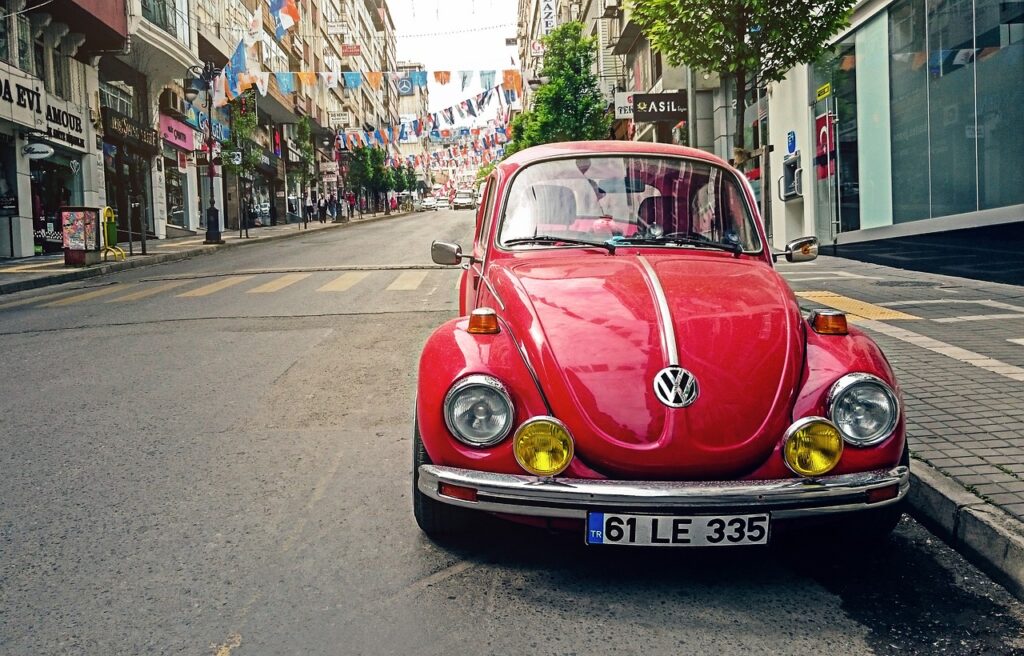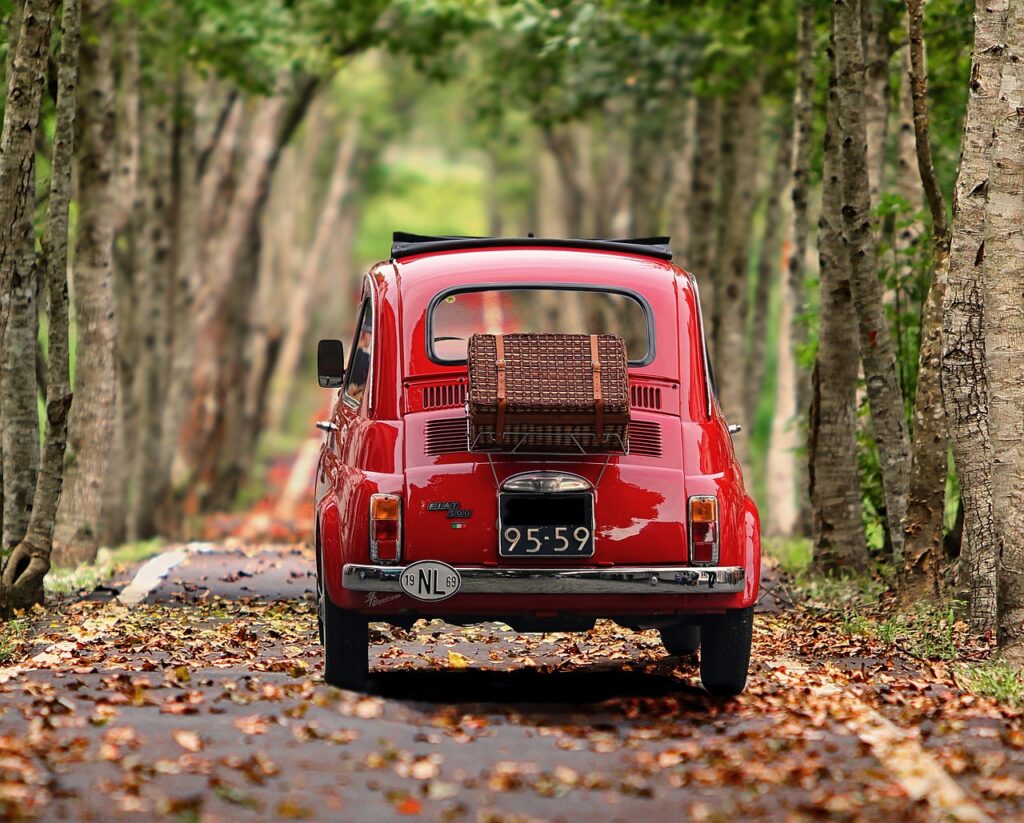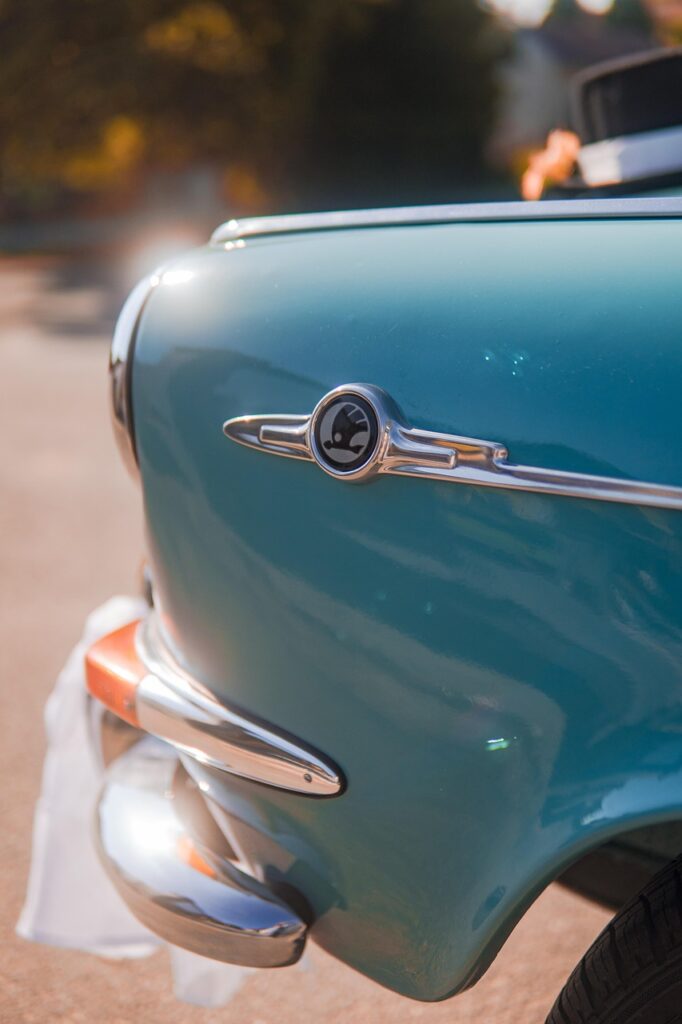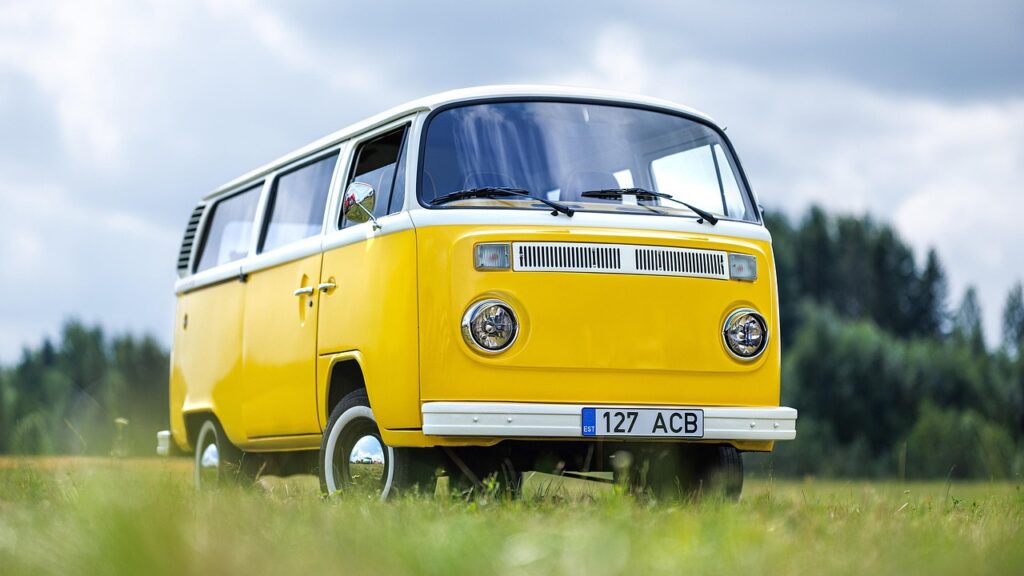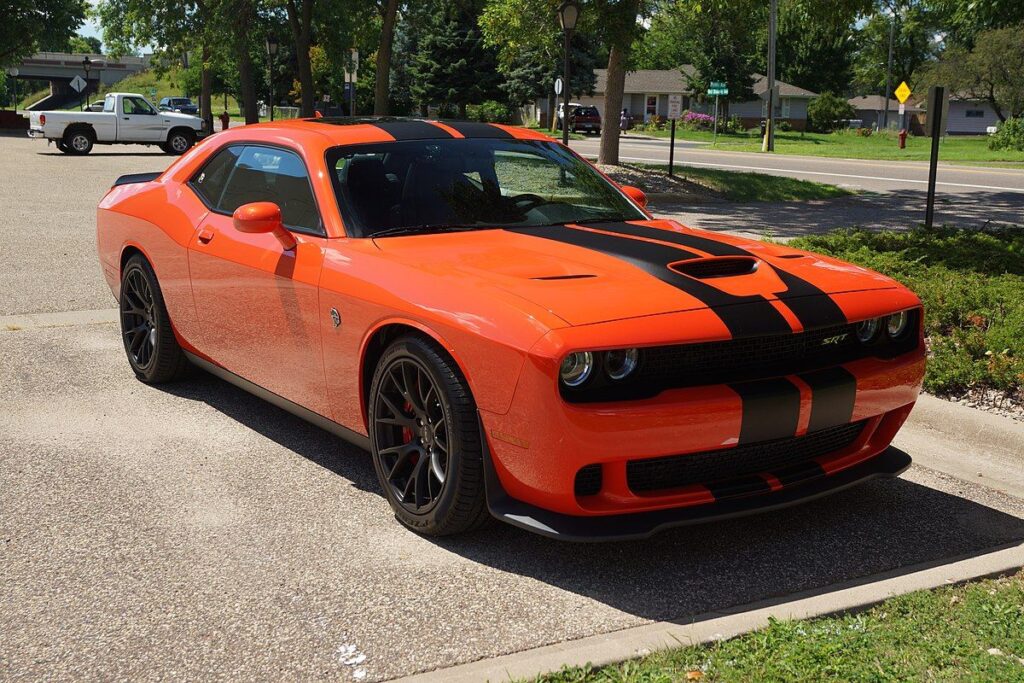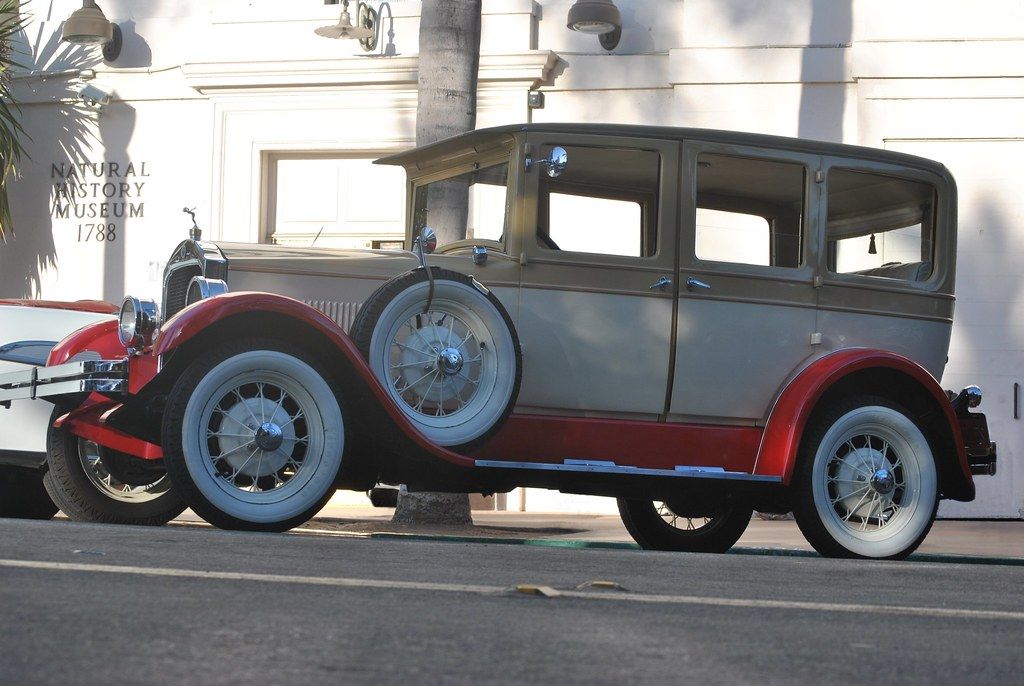
There’s an undeniable thrill that comes with the thought of taking your beloved classic car on a multi-day rally, racking up significant mileage, and soaking in breathtaking scenery. Whether it’s a local club tour or an iconic event like the California Mille, the allure of professional routes, luxury accommodations, exquisite food, and the camaraderie of fellow enthusiasts is a powerful draw. But before you can fully immerse yourself in this thrilling adventure, one critical question looms large: is your classic car truly ready for the journey ahead?
As someone who has witnessed firsthand the simple malfunctions that can derail an entire experience—like a dead battery or a small fuel leak—I can tell you that preparation is not just important; it’s paramount. You’ve invested considerable time and money into your classic, and the last thing you want is for that investment to be wasted on the roadside. A 1,000-mile rally over four consecutive days is a vastly different beast than a leisurely 20-mile Sunday drive, and your car will behave accordingly.
This comprehensive guide is designed to arm you with the knowledge and actionable steps needed to ensure your classic isn’t just ready, but rally-perfect. We’ll delve into the foundational mechanical checks and optimizations that form the backbone of a successful rally experience, ensuring that your vintage beauty is robust and reliable when faced with the demands of the open road. Let’s get your classic car prepped and roaring for the adventure of a lifetime!
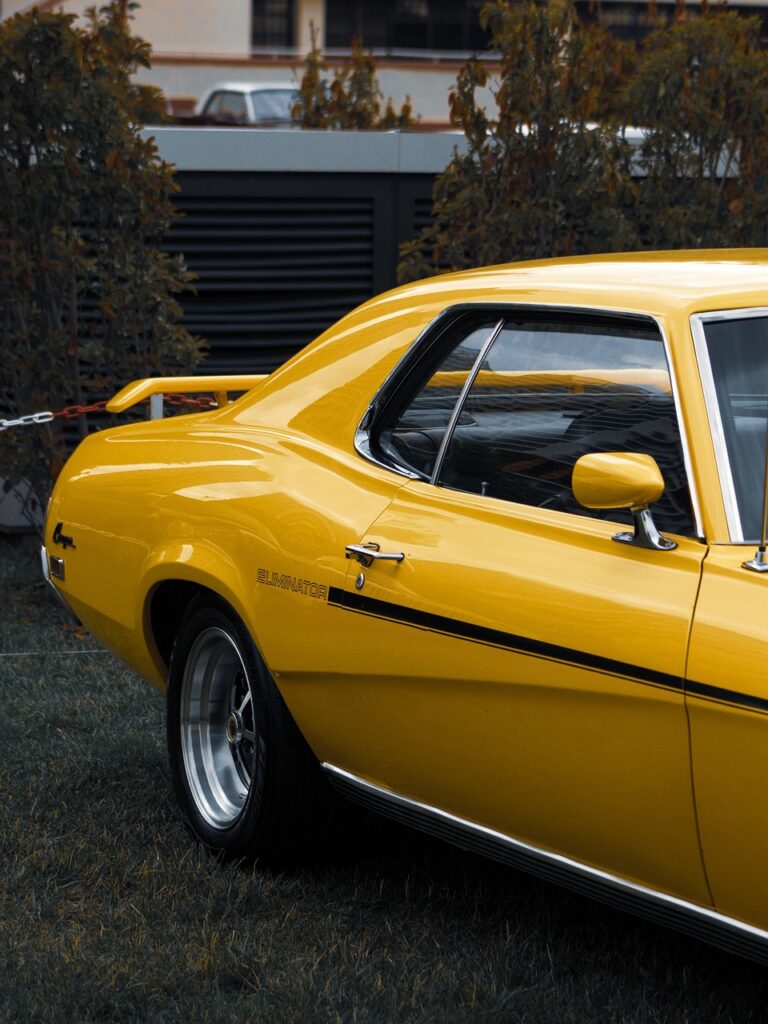
1. **Thorough Engine Health Check and Tune-up**The engine is, without a doubt, the heart of your classic car, and its health is non-negotiable for a demanding rally. Before you even think about starting your journey, a thorough check and tune-up are absolutely essential. This isn’t just about ensuring it runs; it’s about making sure it runs flawlessly under sustained stress. You need to be brutally honest about its current state: “Does it leak, smoke, stumble or cough?”
These symptoms are not minor quirks; they could be “indications of a serious problem” waiting to manifest at the most inconvenient time. Address any of these issues proactively, consulting with a trusted mechanic if necessary. This might involve tasks like inspecting hoses for cracks, checking belt tension, and listening for any unusual noises that could signal impending trouble.
Beyond troubleshooting, focus on preventative maintenance. “Check if the oil needs changing,” and make sure to replace it with the correct grade for your classic. “Clean the carburetor and fuel lines” to ensure optimal fuel delivery and combustion, which is crucial for consistent performance over long distances. For an added boost, “consider using a fuel additive to clean the engine and improve performance.”
Don’t overlook the cooling system. “Ensure that the radiator and cooling system are in top condition,” as overheating is a common culprit for breakdowns, especially during prolonged drives or in varied climates. Check coolant levels, inspect the radiator for leaks or damage, and make sure the fan operates correctly. A well-tuned and cool-running engine is a happy engine, and a happy engine means a stress-free rally.
Remember, the goal here is not just to get by, but to ensure peak performance and reliability. A classic car rally will push your vehicle in ways a Sunday cruise never will, so invest the time and effort into making its engine as robust as possible. This foundational step will pay dividends in peace of mind and enjoyable miles.
Read more about: The Savvy Driver’s Guide: 11 Common Car Repairs Mechanics Recommend That You Likely Don’t Need
2. **Pre-Rally Fluid and Filter Replacements**While a general engine tune-up covers many aspects, a dedicated focus on all fluids and filters is often overlooked, yet critically important. These often-invisible components play a monumental role in your car’s longevity and performance, acting as the lifeblood and purification systems for its various intricate mechanisms. Skipping these checks is akin to running a marathon without proper hydration.
Start with the essential fluids beyond just engine oil. Check the condition and level of your coolant, brake fluid, and transmission fluid. Each of these performs a vital function, from dissipating engine heat to enabling safe stopping and smooth gear changes. If any fluid looks murky, smells burnt, or is simply low, it’s time for a flush and refill, or at the very least, a top-off with the correct specification fluid.
Equally crucial are the car’s filters. Your air filter protects the engine from abrasive particles, while the fuel filter ensures clean gasoline reaches your carburetor or injectors. The oil filter keeps your engine oil free of contaminants. “Ensure all filters (air, fuel, oil) are clean or new” before embarking on a long rally. A clogged filter can severely impede performance, reduce fuel efficiency, and even cause engine damage.
Replacing these inexpensive components can prevent a cascade of costly problems down the road, literally. It’s a preventative measure that significantly enhances your classic car’s reliability. By ensuring all fluids are fresh and at optimal levels, and all filters are clean, you’re setting your vehicle up for consistent, trouble-free operation across hundreds of miles, giving you one less thing to worry about during your adventure.
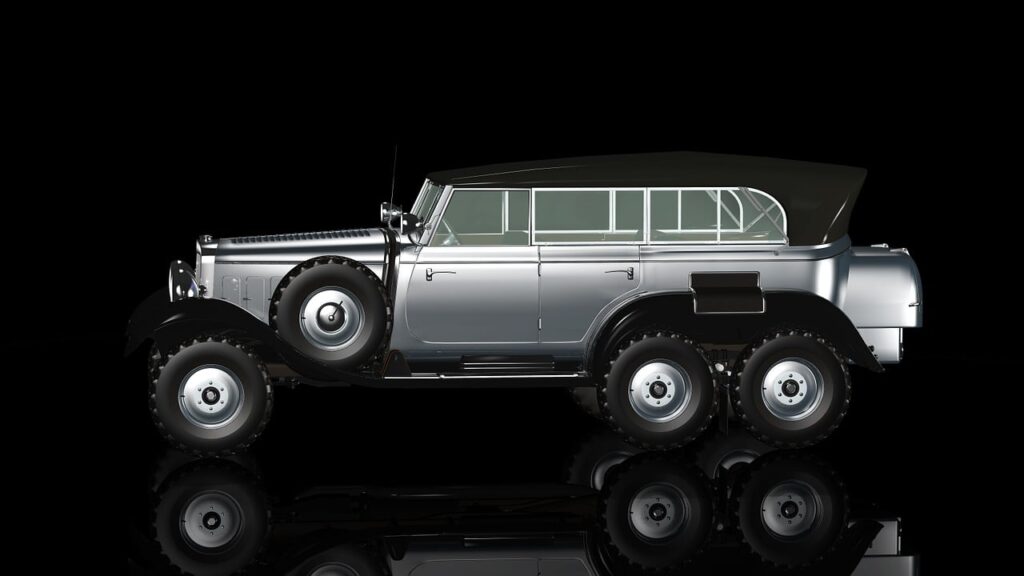
3. **Comprehensive Brake System Inspection and Service**Your classic car’s ability to stop reliably is just as critical as its ability to go. A rally will undoubtedly “test your car’s braking and handling capabilities” across diverse terrains and varying speeds. This isn’t the time for ‘good enough’; your brake system needs to be in impeccable condition to ensure both your safety and your confidence behind the wheel.
Begin with a meticulous inspection of all brake components. “If you haven’t had a look at your brake pads, rotors, drums, lines or cables in a while, now is the time.” Visually check brake pads for wear, rotors for scoring or warping, and drums for cracks. The brake lines and cables, often hidden, should be examined for any signs of fraying, leaks, or deterioration that could compromise hydraulic pressure or mechanical linkage.
“If any of these components look tired, it’s time to change them.” Do not procrastinate on replacements. Worn-out parts are a significant safety hazard and will perform poorly under rally conditions. Investing in new pads, shoes, or even entire rotors and drums if necessary, is an investment in your safety and the car’s reliability. This might also be an opportunity to upgrade components if your classic is known for its original braking limitations.
Finally, don’t forget the brake fluid. “Fresh brake fluid also helps” significantly in maintaining consistent braking performance. Brake fluid is hygroscopic, meaning it absorbs moisture over time, which can lead to a spongy pedal and reduced braking efficiency. A complete flush and refill with fresh, high-quality brake fluid will ensure a firm pedal feel and reliable stopping power throughout the demanding rally journey.
Read more about: Keep Your Ride Running: The Top 12 Reliable Used Car Part Brands for DIY Enthusiasts
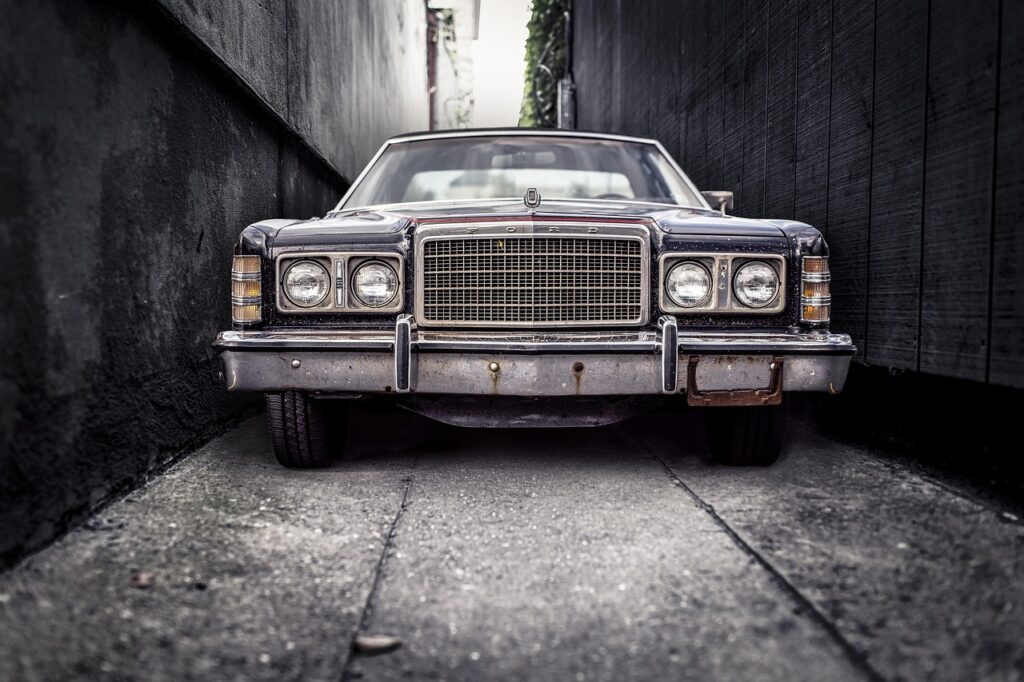
4. **Complete Electrical System Overhaul and Lighting Check**For any classic car, the electrical system is often a notorious point of vulnerability, and a breakdown in this area can swiftly turn a joyous rally into a frustrating standstill. As the saying goes, “No spark, no fun.” Older wiring, aging components, and compromised connections can all contribute to intermittent issues or complete failure, making a comprehensive electrical overhaul a critical pre-rally step.
Your battery is the first line of defense. “Check the battery if it’s fully charged and securely mounted.” A weak or old battery might start your car on a cool morning at home, but after multiple days of starting, stopping, and powering accessories in varying temperatures, its limitations will quickly become apparent. Ensure terminals are clean and corrosion-free, and that the battery is robust enough for the rally’s demands.
Next, focus on your car’s charging system. “Check the output of your alternator/generator.” This component is responsible for recharging your battery and powering the car’s electrical systems while the engine is running. A failing alternator can lead to a dead battery mid-route, leaving you stranded. Confirming it produces adequate voltage and current under load is paramount.
Beyond the primary power sources, meticulously inspect all wiring. “Make sure all wiring is in good order,” looking for brittle insulation, chafing, or signs of previous, perhaps less-than-professional, repairs. Loose connections, exposed wires, or short circuits can lead to a host of problems, from flickering lights to complete system shutdowns. Addressing these before you leave is a wise preventative measure.
Finally, ensure all lighting is fully functional. “Then, check all lights, including brake lights and indicators, if they are properly functioning.” Not only are working lights essential for safety during night driving or adverse weather conditions, but they are also often a legal requirement. Don’t let a burnt-out bulb or a faulty indicator signal lead to an unnecessary stop or, worse, an accident on the rally route.
Read more about: Regret on the Road: 14 Cars Enthusiasts Wish They Never Drove Off the Lot

5. **Tire Selection, Pressure, and Alignment Optimization**The condition and setup of your tires are fundamental to your classic car’s performance and safety, so much so that “Their condition can make or break your rally experience.” These four contact patches are all that connect you to the road, influencing everything from grip and braking to handling and fuel efficiency. Over 1,000 miles, every aspect of your tire setup will be tested.
Begin with a thoughtful “Choose tires that provide the best balance between grip and durability.” Rally driving often involves varying road surfaces and sustained speeds, so you need tires that can withstand the rigors of the journey without premature wear or a loss of performance. Consider the specific type of rally and expected conditions when making your selection, perhaps leaning towards all-season or performance touring tires designed for longevity.
Once chosen, proper inflation is non-negotiable. “Make sure the air pressure is where it should be,” referring to your car’s manufacturer specifications or an informed recommendation for rally conditions. Incorrect tire pressure can lead to uneven wear, reduced grip, increased fuel consumption, and a higher risk of blowouts. While checking pressure, “look for signs of dry rot,” which indicates aging and cracking in the rubber, a severe safety hazard.
Lastly, ensure your wheels are properly aligned. “Make sure the tires are properly aligned for better handling and longevity.” Misalignment can cause the car to pull to one side, leading to driver fatigue and accelerated tire wear. A professional alignment check and adjustment will ensure your classic tracks straight, handles predictably, and maximizes the life of your new or well-maintained tires throughout the rally.
Read more about: Your Guide to Financial Control: 10 Budgeting Methods for Every Consumer
6. **Suspension System Assessment and Enhancement**When embarking on a 1,000-mile rally, the demands placed on your classic car’s suspension system will be significant. Long stretches of varied roads, potential bumps, and continuous cornering will relentlessly “test your car’s handling capabilities.” A compromised suspension system not only diminishes comfort but critically impairs control and safety.
Start by a thorough visual and mechanical inspection. “Ensure that the suspension components are not worn out.” This includes checking shock absorbers for leaks or excessive bounce, springs for cracks or sagging, and bushings for deterioration. Worn components can lead to a loose feeling in the steering, excessive body roll, and a generally unstable ride, making extended driving fatiguing and potentially hazardous.
For those looking to optimize their car’s road manners for the rally, “upgrading to performance shocks can improve handling.” While not strictly necessary for every rally, a better-suited suspension can transform your driving experience, offering superior control and stability, particularly on winding roads or less-than-perfect surfaces. Even if not upgrading, ensuring your existing system is in top-notch working order is paramount.
Read more about: Unpacking the Top 6 Midsize Sedans of 2025: A Deep Dive into Reliability and Value for the Savvy Consumer
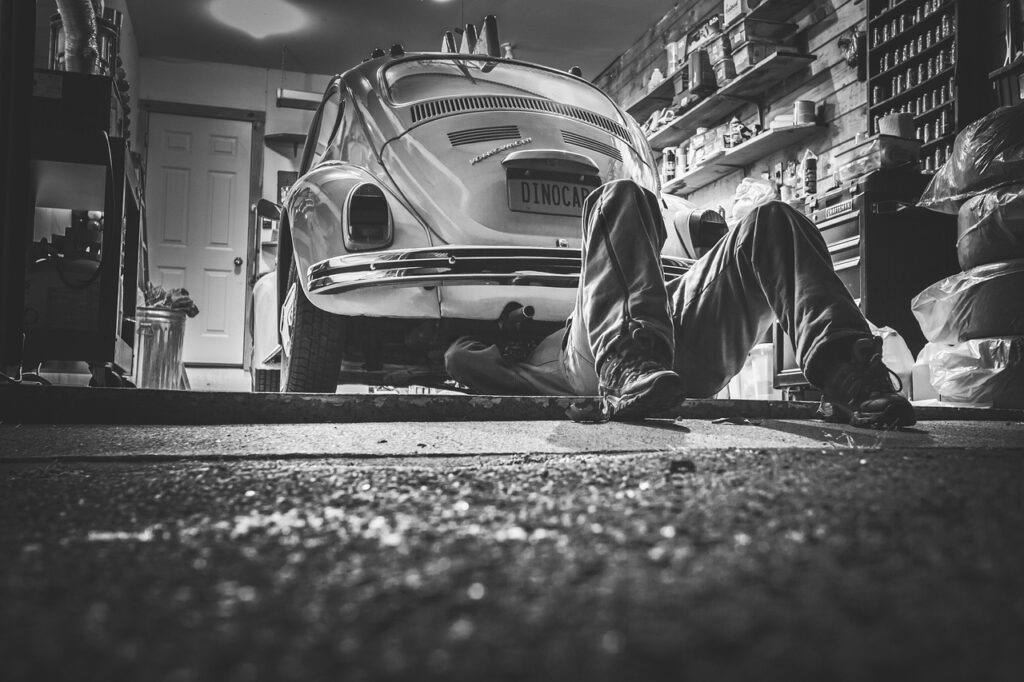
7. **Systematic Check of “Quirky” or Unique Car Systems**Every classic car possesses its own unique character, and with that often come specific systems or idiosyncrasies that might not fall under the typical engine, brake, or electrical categories. Ignoring these particularities can be a costly oversight on a multi-day rally. As the context wisely notes, “If your car has any other quirky systems that are critical for its operation, be sure to have them checked.”
This isn’t just about general maintenance; it’s about understanding the specific nuances of your make and model. Does your classic have a unique carburetion setup that’s prone to vapor lock in hot weather? Is there a peculiar vacuum system that controls essential functions? Or perhaps an unusual transmission linkage that requires careful adjustment? Identify these points of potential weakness or specialized function.
Take the time, or have a specialist take the time, to give these “quirky systems” a thorough examination. Ensure their functionality, address any known vulnerabilities, and confirm they are as robust as possible for extended use. Being proactive about these unique elements ensures that your classic car’s individual personality enhances, rather than hinders, your rally experience, preventing an unexpected issue that only an owner or expert would foresee.
Now that your classic car’s core mechanical systems are primed and roaring, it’s time to shift our focus to the crucial elements that ensure a smooth, safe, and enjoyable journey over 1,000 miles. Section two delves into the final preparations that address navigation, safety, logistics, and the sustained performance vital for the enduring demands of a rally. These steps will empower you and your co-driver to confidently tackle any route, knowing that every detail has been meticulously considered.
Read more about: Beyond the Hype: Unraveling the Real Evolution That Shapes All Life!
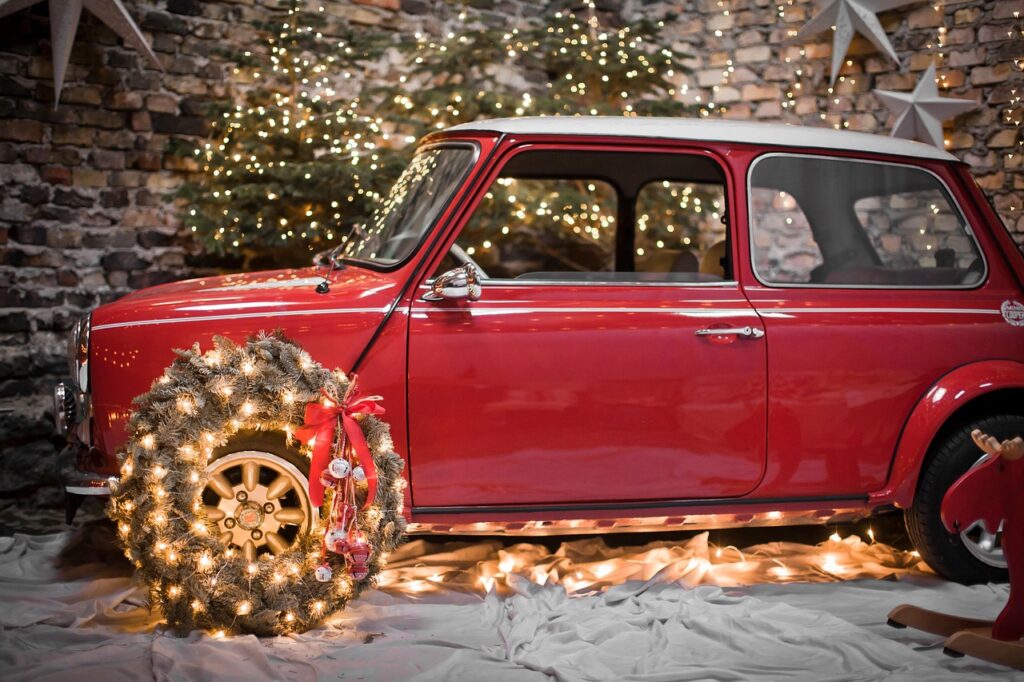
8. **Precision in Speedometer and Odometer Calibration**For a classic car rally, accurate navigation is paramount, and your speedometer and odometer are your primary guides. You’ll likely receive a route book with directions “down to the tenth of a mile,” making precision an absolute necessity. A slight inaccuracy can mean missing a crucial turn, losing valuable time, or even straying off course entirely, transforming an enjoyable drive into a frustrating hunt for the correct route.
While an inaccurate speedometer might be manageable for a casual drive, a rally demands more. Your co-driver, who will be tracking your location precisely, relies heavily on these readings to keep you on schedule and on track. This isn’t just about avoiding penalties in competitive rallies; it’s about confidently navigating through unfamiliar territories, ensuring you experience the planned scenery and camaraderie, not just the stress of being lost.
To ensure this critical accuracy, consider having your speedometer and odometer professionally calibrated. Alternatively, you can test it over a known distance, like a highway mile marker stretch, to understand any discrepancies. If your classic’s original unit is unreliable, exploring period-correct auxiliary instruments or a reliable digital tripmaster, often permitted in rallies, could be a worthwhile investment to guarantee the precise data your navigator needs.
9. **Bodywork, Paint, and Aesthetic Touches**While raw performance and mechanical integrity are foundational, the visual presentation of your classic car also plays an important role in the rally experience. Beyond mere vanity, addressing any bodywork concerns proactively can prevent minor issues from escalating. “Address any rust issues to prevent further damage” is sound advice, as small surface rust spots can quickly become structural problems when exposed to varying weather and road conditions over a multi-day event.
There’s an undeniable pride that comes with driving a beautifully maintained classic. The context notes, “Make sure to paint and polish your car – this not only looks good but also boosts morale.” A gleaming finish reflects the care you’ve poured into your vehicle and adds to the overall enjoyment for both you and onlookers. This step isn’t just about superficial beauty; it contributes to the spirit and presentation of your entry, enhancing the photographic opportunities and the general ambiance of the rally.
Consider this stage as an investment in your car’s long-term preservation and your personal satisfaction. Polishing and waxing also provide an extra layer of protection against road grime and minor abrasions. Presenting your classic in its best light is a testament to its legacy and your commitment to the rally, ensuring it looks as good as it performs for every mile of the adventure.
Read more about: Beyond the Daily Grind: 14 Classic Convertibles That Charm, But Don’t Commute for the Younger Crowd
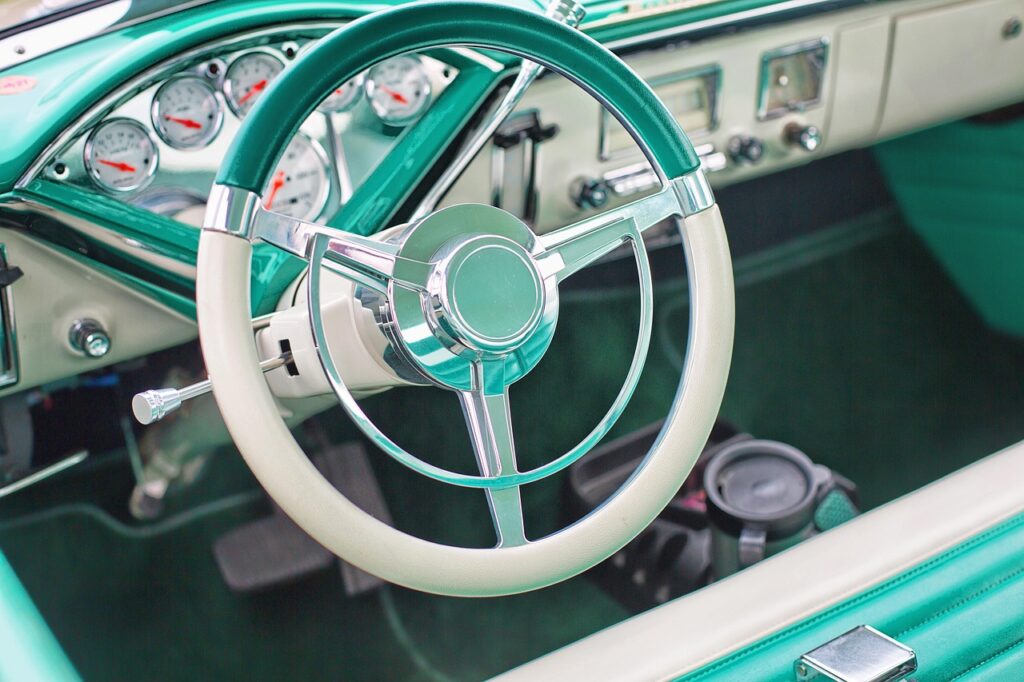
10. **Interior Comfort and Critical Safety Equipment**The interior of your classic car is your command center for hundreds, if not thousands, of miles, making comfort and safety paramount. “Comfort and safety inside the car are as important as external factors,” as fatigue can significantly impact concentration and reaction times. Long hours behind the wheel in an uncomfortable or unsafe environment can quickly detract from the rally experience, turning excitement into exasperation.
Meticulously “Check the seats and harnesses and ensure they are secure and comfortable.” Worn seat cushions can lead to back pain, while loose or frayed harnesses compromise safety. Ensure that all adjustments are working correctly, allowing both driver and co-driver to maintain an optimal and secure driving position. This attention to detail can prevent discomfort-related distractions and ensure you remain alert throughout the extended driving periods.
Beyond comfort, essential safety equipment is non-negotiable. “Also, don’t forget your fire extinguisher.” This simple, easily accessible item can be a lifesaver in the event of an electrical short or fuel leak—common risks with older vehicles. Additionally, a well-stocked first-aid kit, a warning triangle or road flares, and a small emergency blanket should be considered vital additions, providing peace of mind and readiness for unforeseen circumstances on the open road.
Read more about: 15 Cutting-Edge Ways Automakers Are Weaving Recycled Materials into the Cars of Tomorrow
11. **Assembling a Strategic Spares and Tools Kit**Despite your meticulous mechanical preparations, classic cars can be wonderfully unpredictable. The reality of a multi-day rally is that you need to “be somewhat self-sufficient” when unexpected issues arise far from professional workshops. Having a carefully curated selection of spare parts and basic tools can be the difference between a minor roadside delay and a rally-ending breakdown.
The context provides an excellent starting point for crucial spares: “Carry spare parts if possible, like a water or fuel pump, generator, fan belts, hoses, oil, and an oil filter.” These are components prone to wear or sudden failure and, if readily available, can be swapped out by you or a rally mechanic relatively quickly. Think about the specific vulnerabilities of your classic car model; your mechanic can advise on other critical items unique to your vehicle, allowing for targeted preparedness.
Remember, “Having these spares can help rally mechanics fix any issues quickly.” This minimizes downtime and keeps you on the route, enjoying the experience. Accompanying these spares should be a comprehensive, yet portable, toolkit including wrenches, screwdrivers, pliers, electrical tape, zip ties, and a multimeter. This proactive approach significantly enhances your ability to handle minor repairs and ensures enduring performance across varying terrains.

12. **Optimizing Your Classic Car Insurance Coverage**An often-underestimated, yet absolutely critical, preparation for any classic car rally is a thorough review of your insurance coverage. “Make sure your insurance policy fits your classic car rally needs” is a golden rule, as standard auto policies typically have limitations that can leave you exposed during a high-mileage, multi-day event. This logistical safeguard provides crucial financial protection and peace of mind.
An often-underestimated, yet absolutely critical, preparation for any classic car rally is a thorough review of your insurance coverage. “Make sure your insurance policy fits your classic car rally needs” is a golden rule, as standard auto policies typically have limitations that can leave you exposed during a high-mileage, multi-day event. This logistical safeguard provides crucial financial protection and peace of mind.
Many conventional policies impose “mileage limits or need annual odometer readings,” which a rally will undoubtedly exceed. Specialized classic car insurance providers, however, offer policies tailored for rally participation. These often provide “coverage for things like transport to and from the event, on-site repairs, and towing services,” ensuring that your investment is protected throughout the entire adventure.
Crucially, “ensure you have towing coverage in case of a breakdown,” as being stranded far from home can incur significant costs without it. This specialized coverage allows you to embrace the rally experience fully, focusing on the drive and the camaraderie rather than worrying about unforeseen incidents. It’s an investment in not just your car’s safety, but your overall rally readiness and enjoyment.
Read more about: Navigating Car Insurance Rates: Understanding State-Specific Costs and Proven Strategies to Lower Your Premiums
With these final preparations in place, you’re not just ready for a rally; you’re ready for an unforgettable journey. Every turn of the wrench, every document reviewed, and every mile of your test drive contributes to the confidence that your classic car is truly prepared for whatever the road throws at it. Embrace the challenge, savor the landscapes, and forge lasting memories with fellow enthusiasts. Your adventure of a lifetime awaits!

